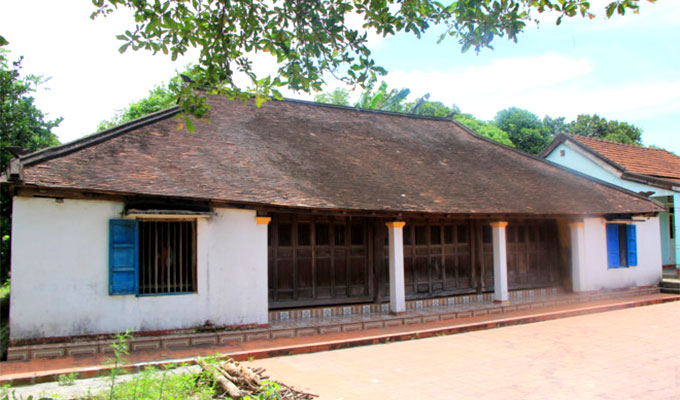More than 3.6 billion VND (nearly 155,180 USD) has been spent to restore five “nha ruong” (old garden houses built with wooden beams and pillars) in Phuoc Tich ancient village, the central province of Thua Thien-Hue.

An ancient garden house in Phuoc Tich village, Thua Thien-Hue
The move is part of the province’s project to safeguard and promote the values of Hue’s iconic garden houses this year.
After the restoration is completed, the management board of Phuoc Tich ancient village will discuss with owners of the historic houses about how to clean them up and improve their landscape design before they are opened to the public, said Doan Quyet Thang, the management board’s deputy director.
The wooden houses are also expected to serve community-based tourism and be used for homestay services, he added.
Phuoc Tich, 50km from Hue City, is one of only two ancient villages in Viet Nam recognised as national cultural-historical relics.
Located at Phong Hoa commune in Phong Dien district, the village was formed under the reign of King Le Thanh Tong (1460-1497) with the initial name Dong Quyet and subsequently renamed Phuoc Tich during the Nguyen Dynasty (1802-1945).
It was also named a national architectural and art relic site in 2009 by the Ministry of Culture, Sports and Tourism.
It has maintained its traditional pottery craft through the centuries.
Families in the village have earned a living from making ceramics for the past 500 years. Phuoc Tich ceramics used to be very famous, and they were once selected for use by the Nguyen kings.
Phuoc Tinh also boasts 26 century-old houses carved with sophisticated patterns, which have invaluable architectural and cultural values.
These ancient wooden houses were built with three compartments and two lean-tos, surrounded by a garden with rows of green tea bushes serving as the fence and a brick-covered courtyard. Many of them are now in very poor condition, requiring urgent restoration.
There are seven garden houses in Phuoc Tich currently engaged in tourism, four of which provide homestay services. The village welcomed nearly 2,700 visitors last year.
By 2020, the province aims to restore a total of 25 “nha ruong” in the village.